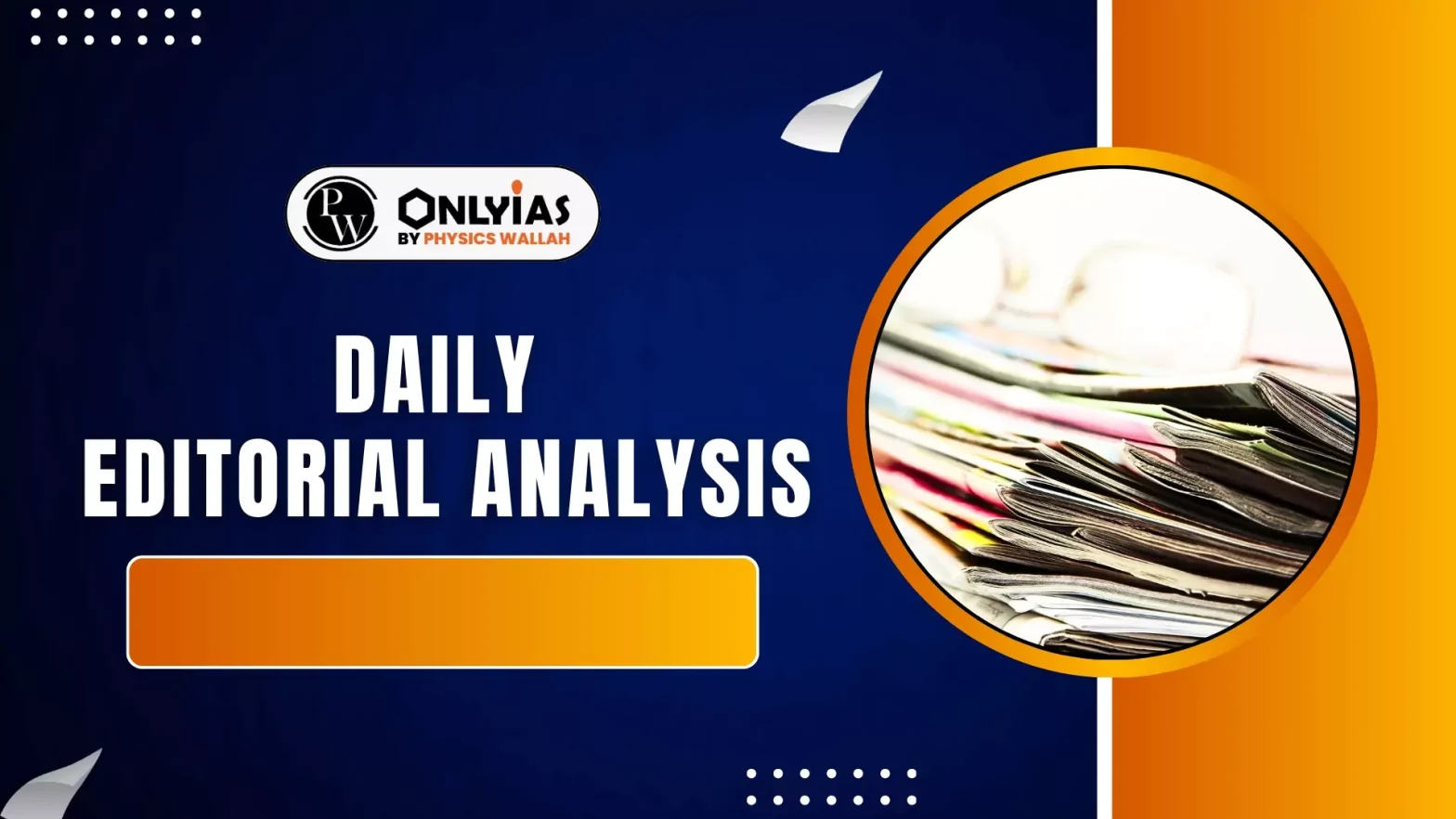- The Indian employment landscape is undergoing significant structural changes, revealing a disconnect between education and the demands of the job market.
- Lakhs of students graduate annually, yet the system struggles to integrate them into meaningful employment opportunities.
Trends in Formal Employment
- The Employees’ Provident Fund Organisation (EPFO) serves as a key indicator of formal employment trends in India, managing retirement savings for over 7 crore members.
- About EPFO: EPFO is a statutory body under the Ministry of Labour and Employment, Government of India.
- It was established under the Employees’ Provident Funds and Miscellaneous Provisions Act, 1952.
- Schemes Administered:
- Employees’ Provident Fund (EPF): mandatory retirement savings scheme.
- Employees’ Pension Scheme (EPS): provides pension after retirement.
- Employees’ Deposit Linked Insurance Scheme (EDLI): provides life insurance cover to employees.
- Following a decline in net new enrolments post-2019 due to the pandemic, March 2025 data shows a steady increase in formal workforce participation.
- Young professionals, especially fresh graduates in the 18 to 25 age group, constitute a significant portion of these new enrolments, with the 18 to 21 subgroup accounting for 18 to 22 percent.
- This trend suggests a push towards formalisation of the economy.
- However, it demands a deeper analysis of job stability, wages, and long-term financial security, as current contractual and freelancing models raise concerns about job security.
The Crisis of Youth Unemployment and Unemployability
India faces not just an unemployment challenge, but a crisis of unemployability.
- Youth account for a staggering 83 percent of India’s unemployed population.
- Alarmingly, the proportion of unemployed individuals with secondary or higher education has nearly doubled over the past two decades.
- This highlights that mere educational attainment does not guarantee employment.
- The Economic Survey 2023-24 indicates that only about half of India’s youth are deemed job-ready after graduation.
- A significant portion lacks essential digital and professional skills demanded by employers.
- For instance, 75 percent of young people struggle with basic digital tasks like sending an email with an attachment,
- Over 60 percent cannot perform simple file operations, and 90 percent lack fundamental spreadsheet skills.
- The increasing influence of Artificial Intelligence (AI) further threatens traditional job roles, making adequate reskilling and upskilling efforts paramount to prevent a widening gap between graduates and available opportunities.
Dominance of the Informal Sector and Social Security Concerns
- Nearly 90 percent of employment is informal, with a noticeable decline in salaried, regular jobs since 2018.
- The rise in contractual and freelancing employment models means that concerns about job security and social welfare, including health, education, and old-age services, remain largely unaddressed for a vast majority of the workforce.
Future Job Dynamics and the Urgent Skill Gap
The “Future of Jobs Report 2025” by the World Economic Forum forecasts major shifts in employment dynamics:
- By 2030, an estimated 170 million new jobs will be created, accounting for 14 percent of total employment.
- However, 92 million existing jobs, or 8 percent of total employment, will be displaced due to automation and structural changes.
- This translates to a net growth of approximately 78 million jobs, a 7 percent increase in total employment over the next five years.
- These projections underscore the critical urgency of bridging the skill gap to ensure India’s workforce is adequately prepared for this evolving job landscape.
Way Forward
India stands at a crucial juncture, presenting both opportunities and challenges. To ensure millions of graduates secure meaningful employment, targeted policy interventions and expansive reskilling initiatives are indispensable.
- Stronger Collaboration between Industry and Academia: There must be formal partnerships between higher education institutions and industry partners.
- This will bridge the gap between theoretical knowledge and practical application, improving placement opportunities.
- Accountability of Educational Institutions for Placements: Educational institutions must be held accountable for job placements of their outgoing students, not just for degrees awarded.
- Accreditation systems should integrate job placement rates into their ranking criteria.
- Idea Labs and Tinker Labs must be made mandatory in high schools and higher education institutions to foster experimentation and real-life application of knowledge.
- The integration of humanities, foreign language learning, and soft skills should be mandatory across all levels of education.
- Focus Beyond National Borders: India should design skilling and training programmes to meet the labour demands of ageing Western nations.
- Establish Indian Education Services: An Indian Education Services (IES), similar in stature to the Indian Administrative Services (IAS), should be established.
- This would attract the best minds into the education sector, driving necessary transformations.
- Open Education System to Industry Professionals: The education system should actively induct professionals from the industry into teaching roles.
- Their practical experience will significantly bridge the critical gap between theory and real-world application for students.
Conclusion
These reforms are not merely suggestions; they are critical necessities for India to convert its demographic dividend into a powerful engine of economic growth and social progress.
![]() 14 Jul 2025
14 Jul 2025

